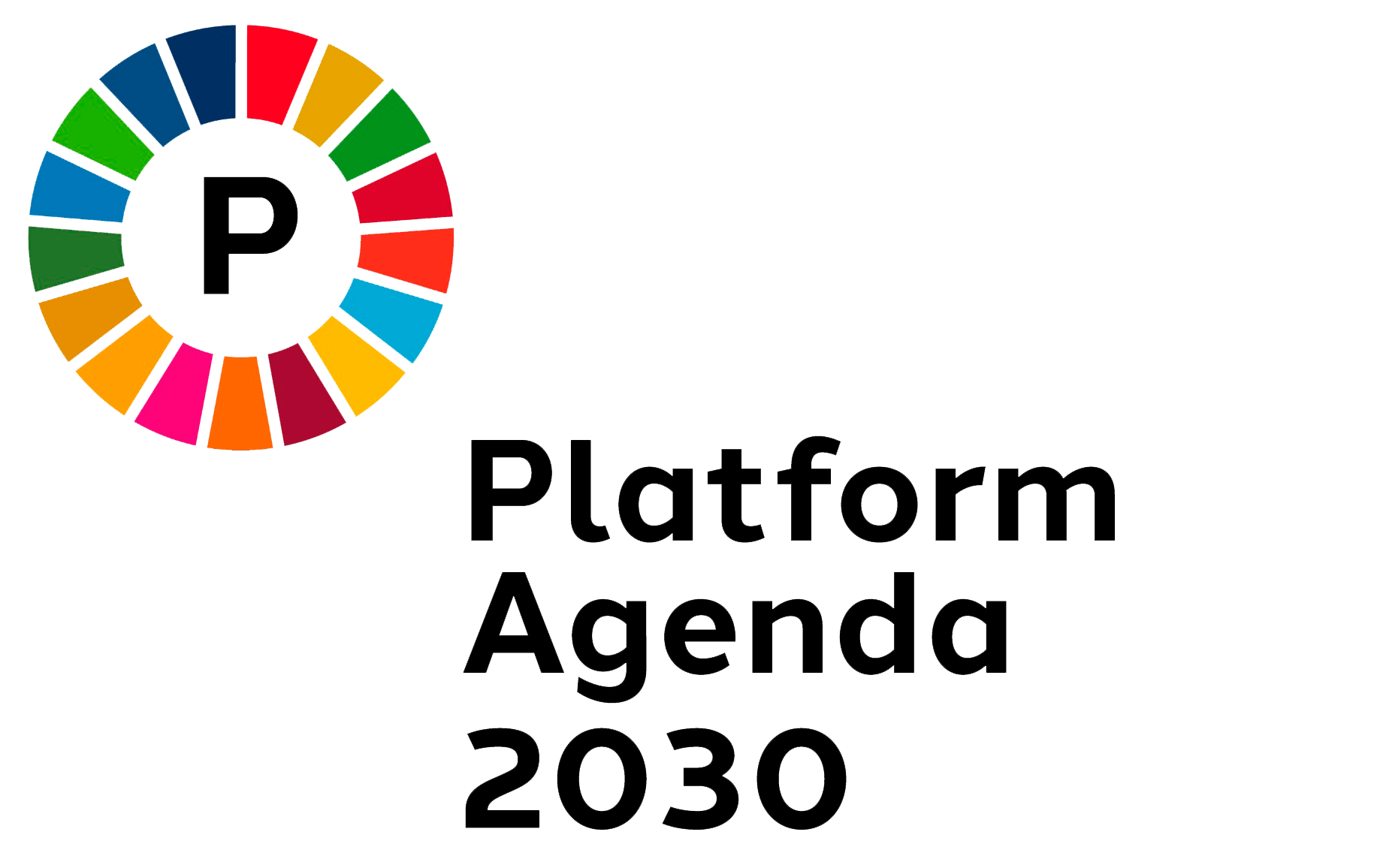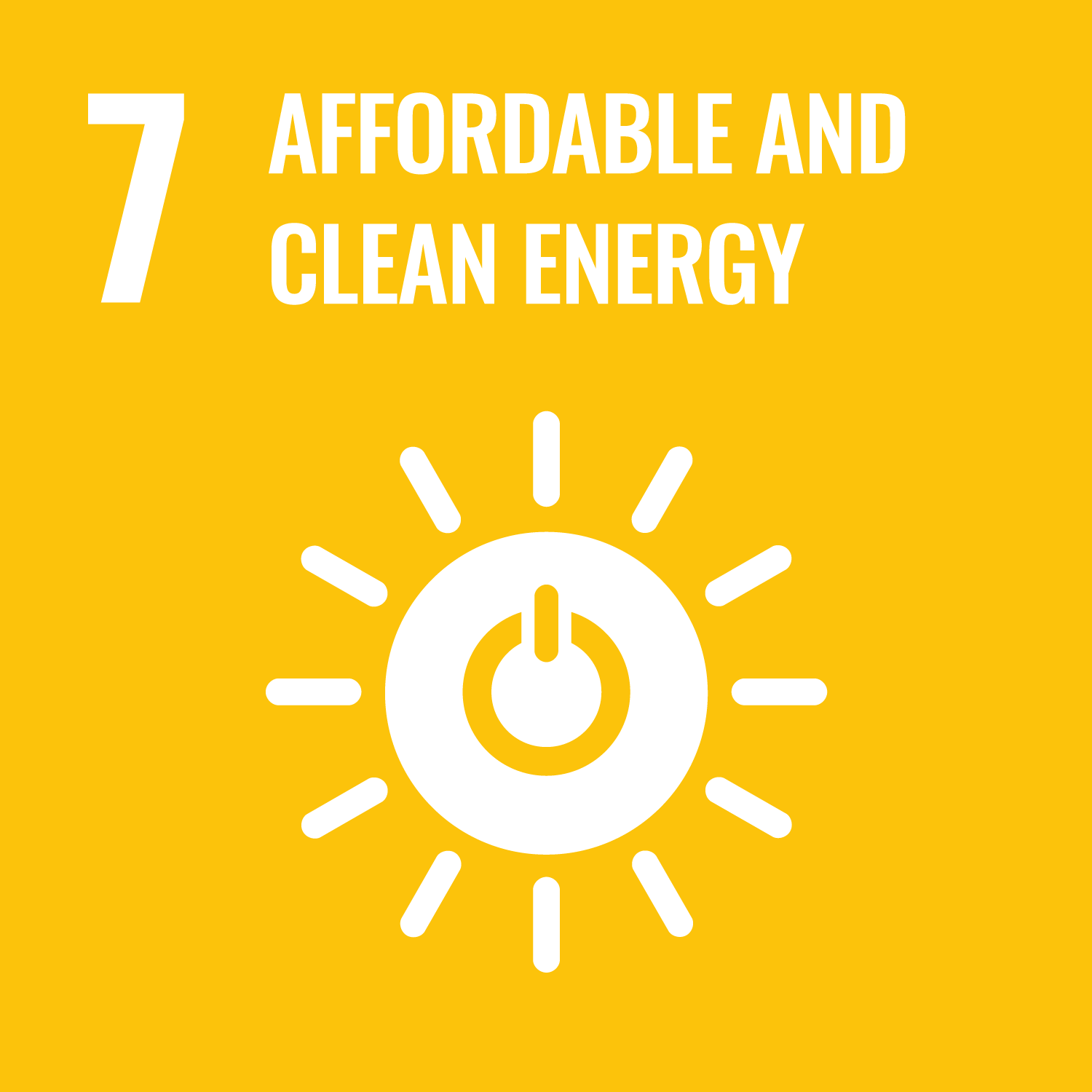Protect irreplaceable species and ecosystems
There is more to protecting biodiversity than square metres, however. Protected areas must be valuable, interconnected, and managed with a participatory approach. With the Ecological Infrastructure initiative the Federal Council and the Cantons want to produce an inventory of areas of high biodiversity quality that merit conservation, and to create corridors connecting them.
In the interests of biodiversity, space used by humans for activities such as agriculture must also increasingly be managed extensively in a way that encourages biodiversity. As major landowners, government actors such as the Federal Department of Defence, Civil Protection and Sport (DDPS) and the Swiss Federal Railways (SBB) have a duty to lead by example.
More resources are needed to conserve biodiversity effectively. Switzerland has 37 Emerald Network Areas of Special Conservation Interest. The Emerald Network aims to preserve those species and habitats that are concentrated in European states and that are under threat here. Yet only one of those 37 areas has a management plan that incorporates it fully into local society and politics and determines what action is to be taken to maintain its value.
Ecosystems are also always habitats. Conserving them means protecting human rights and respecting the rights of Indigenous peoples. This includes aspects such as the equitable distribution of advantages from the application of traditional knowledge and genetic resources, as laid down in binding international law in the ‘Nagoya Protocol on Access to Genetic Resources and the fair and equitable sharing of benefits arising from their utilization’. As home to major pharmaceutical companies, Switzerland is under obligation here.
The pressure on the forest ecosystem will increase globally in future. Not only does it supply a renewable raw material in the form of timber, but afforestation projects around the world offset our emissions of greenhouse gases. However, going out and planting trees is not the same as creating a forest. Afforestation initiatives for the climate must be planned and executed so that they create diverse habitats for domestic species and avoid monocultures.
- Switzerland designates the most valuable 30% of its land area as protected by 2030, and ensures that these protected areas are interconnected. It guarantees their equitable and effective management in line with the country’s international commitments, and provides appropriate staff and financial resources.
- The cantons factor the conservation of biodiversity into all of their spatial planning measures, and satisfy the standards laid down by the federal government.
- The federal government and the cantons reduce the harmful effects on biodiversity that are associated with their subsidies and incentives. Where such harmful effects cannot be eliminated, aims that are at odds with biodiversity are disclosed transparently, and the external costs of biodiversity are met according to the producer pays principle.
- Switzerland properly implements the Nagoya Protocol and is an active proponent of earnings from the use of genetic resources and traditional knowledge being shared equitably.
- Development cooperation projects also pursue biodiversity conservation objectives in addition to their basic remit of alleviating poverty. This work is integrative wherever possible, and additional funding is provided for new projects These projects purse a human rights-based approach at all times.
- Switzerland takes care that the afforestation projects it supports at home and abroad create habitats for domestic species, and contribute to both conserving biodiversity and protecting the climate.
In collaboration with Hasan Candan and Friedrich Wulf, Pro Natura
Report as PDF
- Obrecht A, Pham-Truffert M, Spehn E et al (2021): Achieving the SDGs with Biodiversity. Swiss Academies Factsheet 16 (1).










